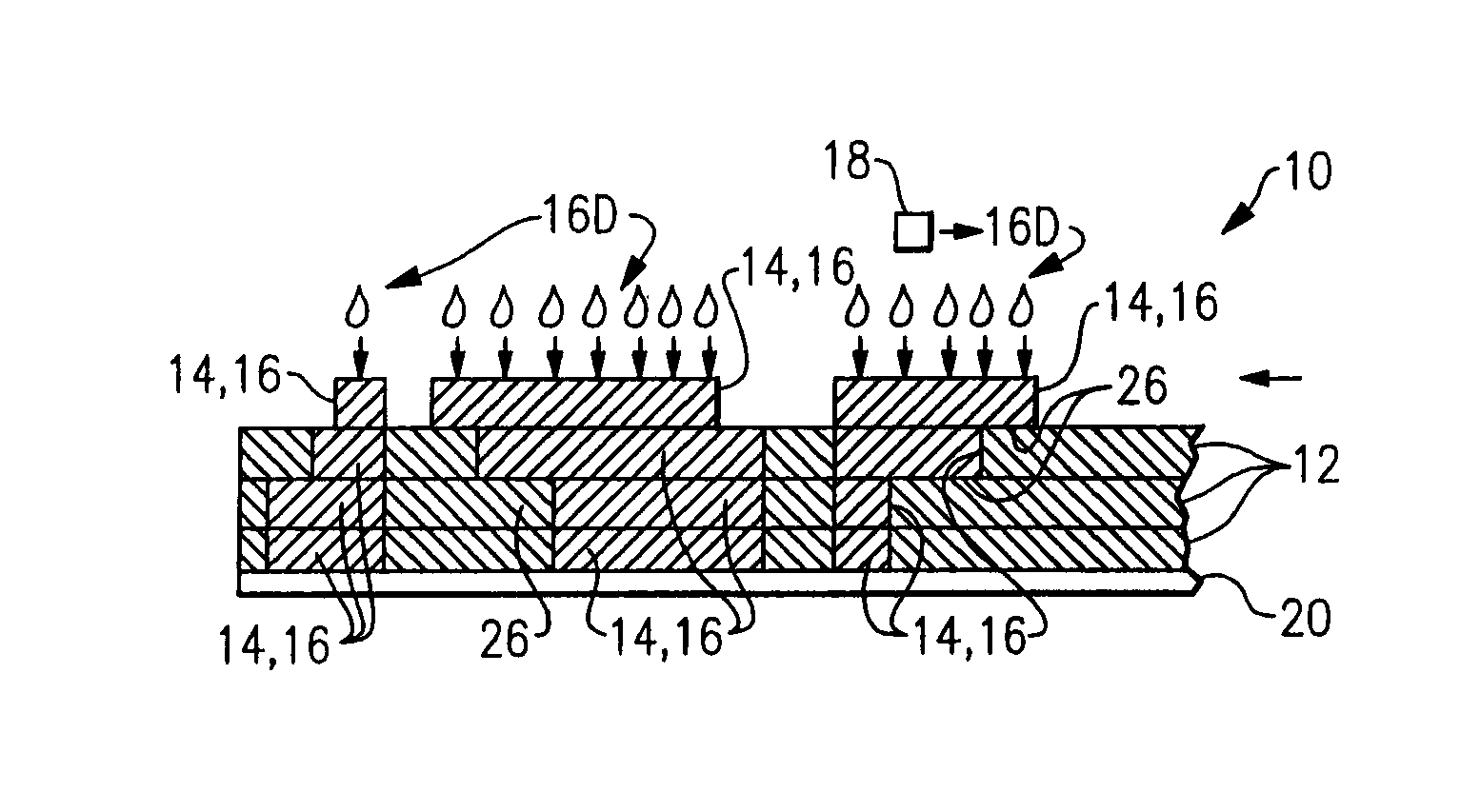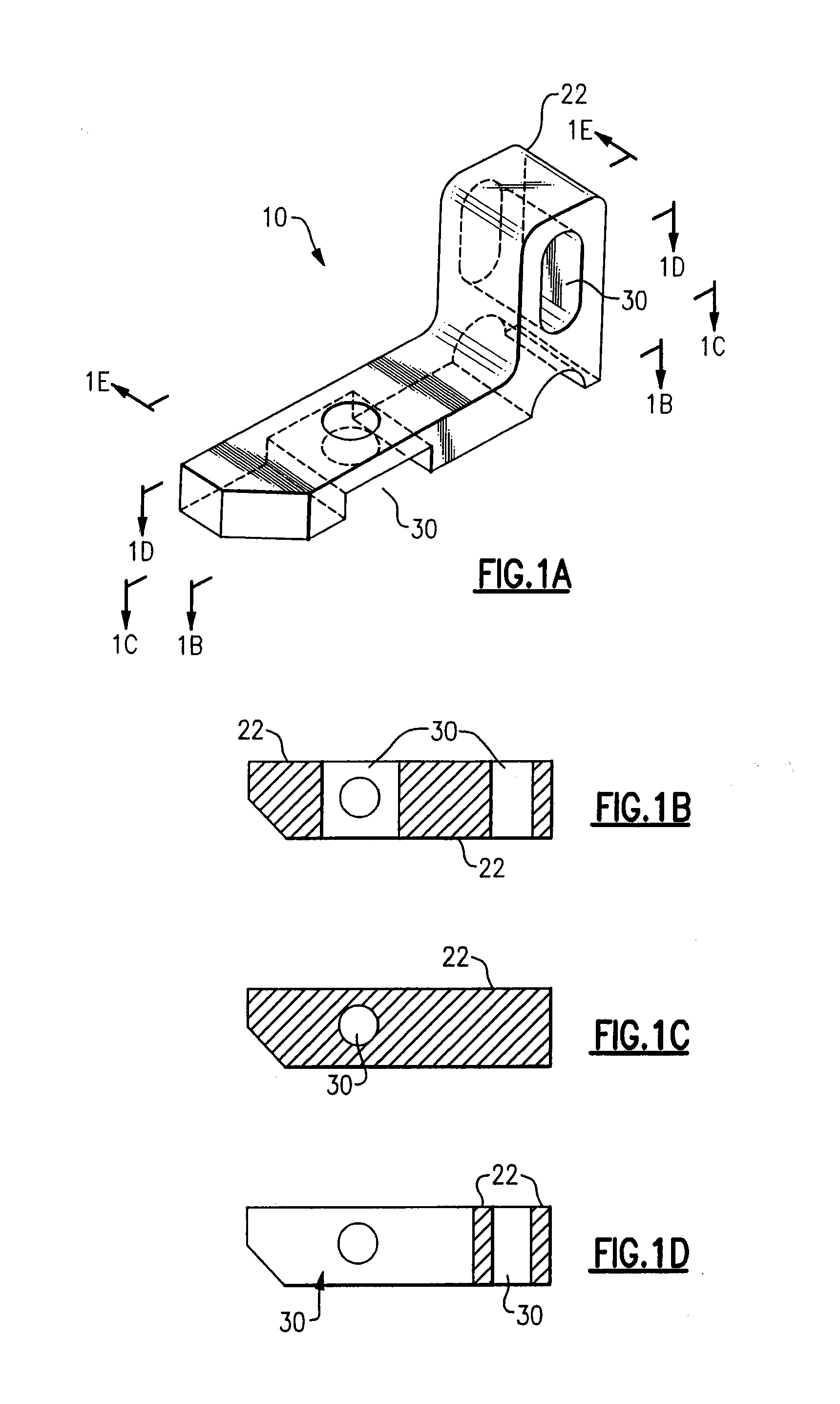Method for fabricating three dimensional models
a three-dimensional model and model technology, applied in the direction of additive manufacturing processes, manufacturing tools, coatings, etc., can solve the problems of complex designs, complex designs, and inability to meet the needs of such purposes, and most conventional fabrication methods are unsuitable for such purposes, and can not meet the needs of complex designs and computer numerical control machine processes. significant limitations as regards the types or configurations of parts that can be fabricated
- Summary
- Abstract
- Description
- Claims
- Application Information
AI Technical Summary
Benefits of technology
Problems solved by technology
Method used
Image
Examples
Embodiment Construction
[0053]The method and apparatus of the present invention for fabricating three dimensional models is a further development and improvement of the method and apparatus for fabricating three dimensional models described U.S. Patent Publication No. 2007 / 0029693 A1 and provides a significant improvement with respect to the time required for fabrication of such parts or structures. As such, and in order to provide a context and description of the base technology of the present invention, the following will begin with a summarized description of the method and apparatus for fabrication of three dimensional models as described in U.S. Patent Publication No. 2007 / 0029693 A1, the contents of which are incorporated herein by reference.
[0054]A. Fabrication of Three Dimensional Models as Described in U.S. Patent Publication No. 2007 / 0029693 A1.
[0055]Therefore, first considering the basic method and apparatus for fabricating three dimensional models as described in U.S. Patent Publication No. 200...
PUM
| Property | Measurement | Unit |
|---|---|---|
| width | aaaaa | aaaaa |
| width | aaaaa | aaaaa |
| temperature | aaaaa | aaaaa |
Abstract
Description
Claims
Application Information
 Login to View More
Login to View More - R&D
- Intellectual Property
- Life Sciences
- Materials
- Tech Scout
- Unparalleled Data Quality
- Higher Quality Content
- 60% Fewer Hallucinations
Browse by: Latest US Patents, China's latest patents, Technical Efficacy Thesaurus, Application Domain, Technology Topic, Popular Technical Reports.
© 2025 PatSnap. All rights reserved.Legal|Privacy policy|Modern Slavery Act Transparency Statement|Sitemap|About US| Contact US: help@patsnap.com



